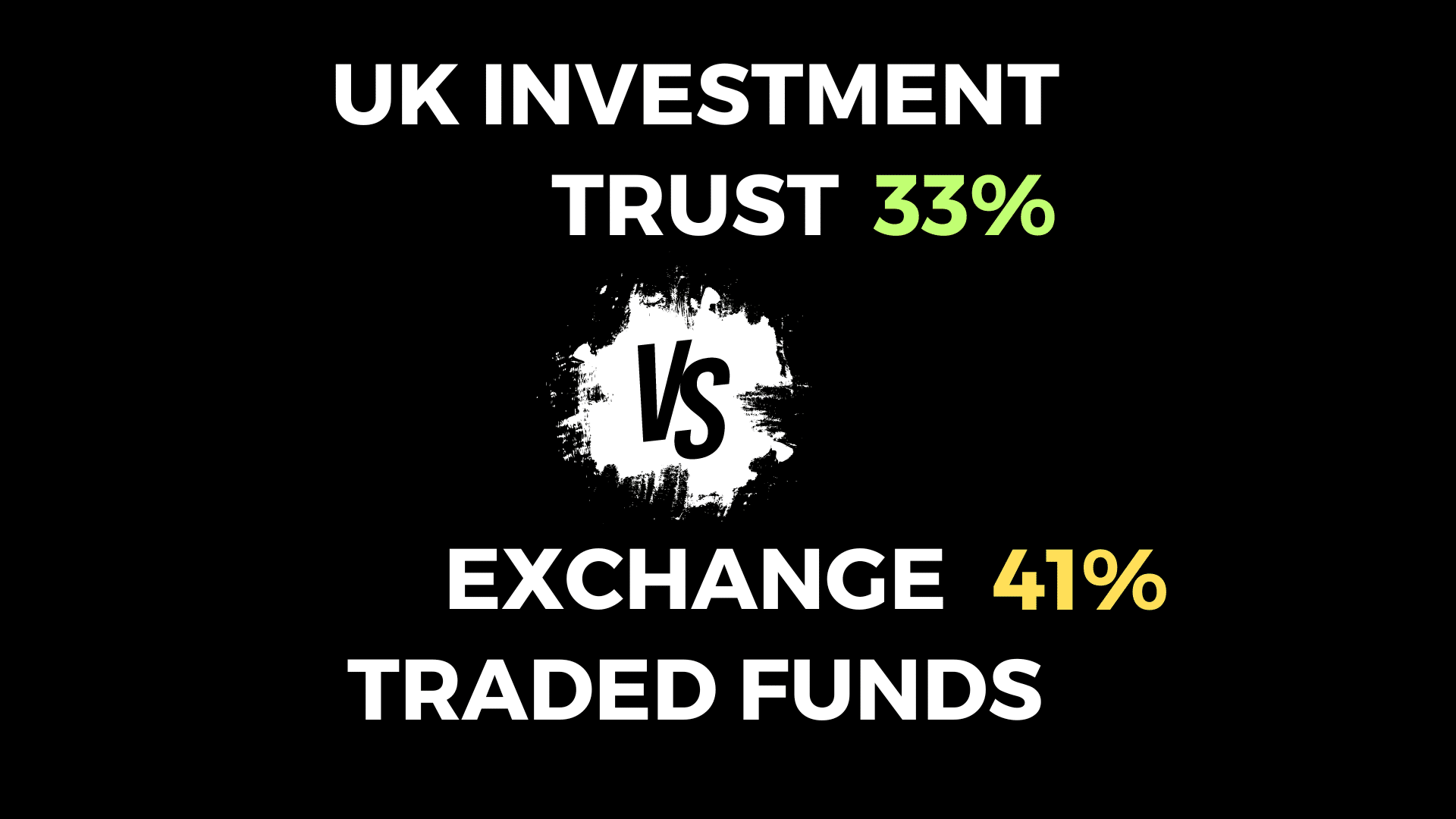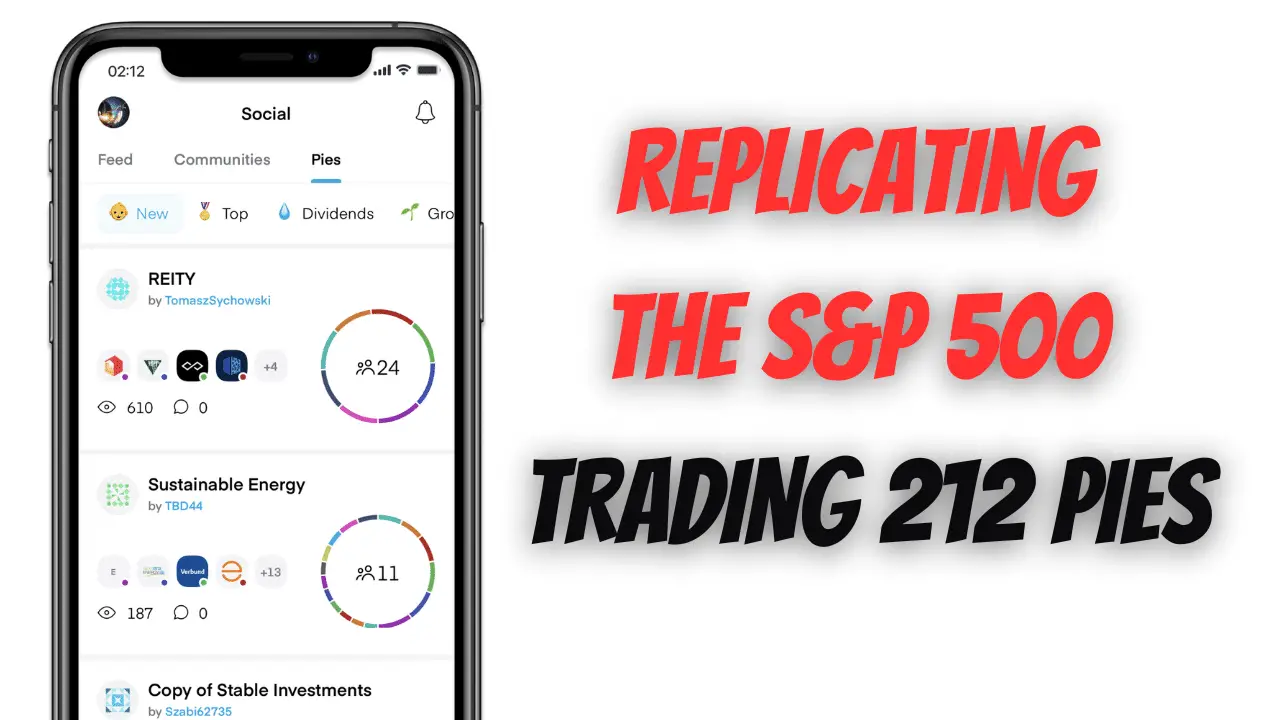If you are placing your money in an investment fund or an Exchange Traded Fund (ETF) in Ireland then you should be aware of what the deemed disposal rule is and how it affects you. In this blog post, we will explain what the deemed disposal rule is as well as take you through a practical example of how you calculate how much tax is due.
What is the deemed disposal rule?
The deemed disposal rule effectively taxes unrealised gains made on ETFs and investment funds in Ireland if the investment has been held for 8 years without the investor making any disposals of their investment. On the 8th anniversary of your initial investment, you will be required to pay 41% (exit tax) on the gains and income you have made to date even if you have not disposed of your investment.
The Exit tax rate of 41% and the deemed disposal rule applies to all of the following types of funds:
- ETF – Accumulating
- ETF – Distributing
- Investment Funds/Life Policies
Accumulating ETFs and investment funds are allowed to use the ‘gross roll up basis’ for exit tax where reinvested dividends/income are not taxed until the investment is disposed of or at the point of deemed disposal (whichever is earlier).
If you are investing in an ETF that periodically distributes income/dividends then these will be taxed at 41% in the year you receive that income and should be included in your annual tax return.
There were a loopholes pre-2022 where anyone who was investing in US-domiciled ETFs would not be subject to Exit tax and would pay the lower capital gains tax rate of 33% similar to anyone who invests in stocks. Updated guidance that is effective since 1 January 2022 now means that these investments are treated the same for tax purposes as funds domiciled in the EEA and taxed at 41% on gains.
You can read more on this tax change in this blog post.
Who is responsible for paying tax over to the Revenue Commissioner?
For many Investment Funds/Life Policies issued by insurance companies, the tax will be automatically deducted and handed over to revenue on your behalf at the time your close your investment in the fund.
This will not be the case for ETFs (both accumulating and distributing), you will be responsible for calculating the tax due, submitting an annual tax return (Form 11) and paying over any tax liabilities to the Revenue Commissioner.
What Tax Returns are required to be completed?
As mentioned in the prior section you will need to submit a Form 11 to the Revenue – regular PAYE workers will not be automatically registered as a chargeable person.
A chargeable person is someone who has either of the following:
- Net assessable non-PAYE income of €5,000 or more in a year.
- Total gross income from non-PAYE sources, of €30,000 or more in a year.
Even if you fall below these limits you may still be required to register to be a chargeable person as the Form 12 for a non-chargeable persons does not actually have a relevant section to include gains and income made from ETFs.
Below is the relevant section of the Form 11 which relates to EU Domiciled ETF gains.

Lets now look at a some practical examples
Example 1.
Michael wanted to invest and see his money grow but didn’t want to have to worry about checking his portfolio everyday, so one of his friends recommended that he invest in the Vanguard VUSA accumulating fund which tracks the performance of the S&P500.
Michael decided that was a great idea and committed to investing €100 per month on his online brokerage account with Degiro.
The first month Michael invested was January 2018 at that time the VUSA when it was trading at a price of €40. Therefore he picked up 2.5 units for his €100.
Michael consistently kept investing from this point month after month, and did not sell any of his investment in the VUSA Fund.
8 years pass and it is now January 2026. The first 2.5 units he bought back in January 2018 now hit with the deemed disposal rule even though Michael has not sold his investment. The price of the VUSA fund in January 2026 is €100.
| Profit Calculation | € |
|---|---|
| Cost 2.5 units @ €40 ( Jan 2018) | €100 |
| Value at Jan 2026 – 2.5 units @€100 | €250 |
| Realised Gain under deemed disposal rule | €150 |
| Tax @ 41% exit tax | €61.50 |
Under the deemed disposal rule you will use the FIFO method when calculating your profit. The FIFO method essentially means that when you are disposing of the units you have bought in the fund, you will always be disposing of the oldest units purchases first.
Michael has worked out that €61.50 of tax will need to be paid as part of his next income tax return. Michael is now worried about the headache of having to do this calculation every month, as he has been consistently investing monthly, every month from now a new portion of his investment will reach the 8 year limit of the deemed disposal rule.
One option Michael has to simplify things for himself is to dispose of part or all of his investment in the VUSA fund. The downside of this is he will lose out on some of the tax free dividend reinvestment that he could avail of if he left all of his invest accumulate for 8 full years.
Disclaimer: This blog post is for informational and educational purposes only and should not be construed as financial advice.






